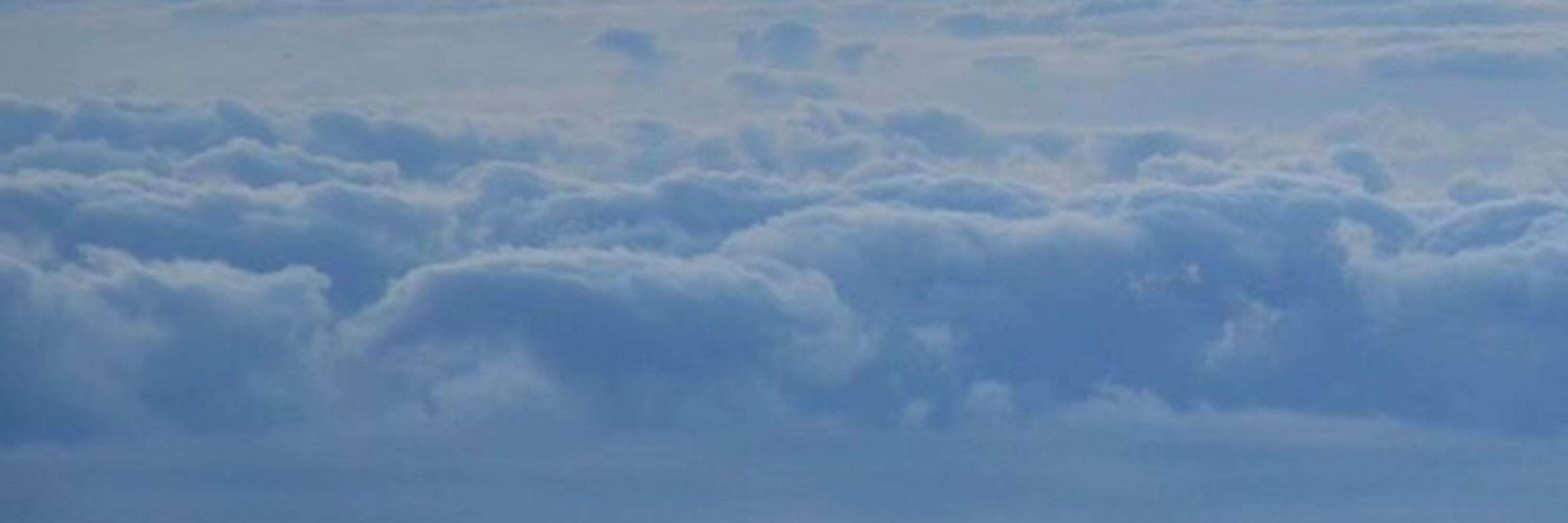
Studying solar activity and variability.
I am not on x (twitter), my account there is deleted.
https://scholar.google.com/citations?user=8gnK6BsAAAAJ&hl=en
Για το Σαχινη φυσικά και δεν έκανε κανένα λάθος ο Φαρσαλινος, ο Σόρος φταίει και πάλι...

Για το Σαχινη φυσικά και δεν έκανε κανένα λάθος ο Φαρσαλινος, ο Σόρος φταίει και πάλι...
variability can explain more than 70% of the temperature variability since preindustrial times" is based on outdated and implausible TSI models. Thus, it is a misleading statement.
link.springer.com/article/10.1...
www.sciencedirect.com/science/arti...

variability can explain more than 70% of the temperature variability since preindustrial times" is based on outdated and implausible TSI models. Thus, it is a misleading statement.
link.springer.com/article/10.1...
www.sciencedirect.com/science/arti...
In particular, for implicitly assuming a constant standard deviation in sunspot number, which in reality varies significantly over time.

In particular, for implicitly assuming a constant standard deviation in sunspot number, which in reality varies significantly over time.
However, methods that rely on statistical assumptions rather than direct overlap generally performed worse.

However, methods that rely on statistical assumptions rather than direct overlap generally performed worse.
This skews the overall results, and can significantly affect the long-term trends in solar activity.

This skews the overall results, and can significantly affect the long-term trends in solar activity.

Historically, this was done with linear scaling, a method first applied by Rudolf Wolf in the 1840s.
However, newer research shows that this scaling can introduce errors and distort the data.

Historically, this was done with linear scaling, a method first applied by Rudolf Wolf in the 1840s.
However, newer research shows that this scaling can introduce errors and distort the data.
This means that older records may underestimate how active the Sun really was.
To get an accurate long-term view, we need to cross-calibrate all records to a common standard.

This means that older records may underestimate how active the Sun really was.
To get an accurate long-term view, we need to cross-calibrate all records to a common standard.
In this study, we assessed different methods of combining sunspot number records from various observers, which will strengthen our ability to construct a consistent solar activity history.
doi.org/10.1051/0004...

In this study, we assessed different methods of combining sunspot number records from various observers, which will strengthen our ability to construct a consistent solar activity history.
doi.org/10.1051/0004...

This short clip shows him making outrageously misleading claims about the Sun.
🧵🧪 #climatechange
This short clip shows him making outrageously misleading claims about the Sun.
🧵🧪 #climatechange
Ανακαιφαλαιωση πριν το αλλαξεις παλι:
-Το καθεστως του Ιραν δεχεται μονο τη καταστροφη του Ισραηλ ως "λυση"
-Ιρανοι μη υποστηρικτες του καθεστωτος δεχονται αλλες λυσεις
-Ιρανοι μπορουν να ειναι ταυτοχρονα αισιοδοξοι οτι θα πεσει το καθεστως και φοβο/θλιψη για τους θανατους πολιτων.

Ανακαιφαλαιωση πριν το αλλαξεις παλι:
-Το καθεστως του Ιραν δεχεται μονο τη καταστροφη του Ισραηλ ως "λυση"
-Ιρανοι μη υποστηρικτες του καθεστωτος δεχονται αλλες λυσεις
-Ιρανοι μπορουν να ειναι ταυτοχρονα αισιοδοξοι οτι θα πεσει το καθεστως και φοβο/θλιψη για τους θανατους πολιτων.
Ενα κομματι απο το πώς περιγράφουν την κατάσταση οι ίδιοι οι Ιρανοί:

Ενα κομματι απο το πώς περιγράφουν την κατάσταση οι ίδιοι οι Ιρανοί:
I honestly witnessed cases of people complaining to Iranian women for not supporting the IR.
I will leave the words of an iranian about this.

I honestly witnessed cases of people complaining to Iranian women for not supporting the IR.
I will leave the words of an iranian about this.


In this study, led by Prof. Ilya Usoskin, we reconstructed solar activity, expressed in terms of sunspot numbers, throughout the first millennium BCE using annually resolved ¹⁴C concentrations in tree rings, resolving individual solar cycles.
doi.org/10.1051/0004...

In this study, led by Prof. Ilya Usoskin, we reconstructed solar activity, expressed in terms of sunspot numbers, throughout the first millennium BCE using annually resolved ¹⁴C concentrations in tree rings, resolving individual solar cycles.
doi.org/10.1051/0004...




(with a nice sunspot at the upper left part)

(with a nice sunspot at the upper left part)
This result is robust, based on 2 independent magnetogram sources with consistent data throughout the ACRIM-gap period, while the trend in our reconstruction is independent of TSI measurements.

This result is robust, based on 2 independent magnetogram sources with consistent data throughout the ACRIM-gap period, while the trend in our reconstruction is independent of TSI measurements.
Between 1986 and 2019 it suggests a decreasing trend (-0.24±0.17 W/m²), which is smaller than Montillet et al. (2022), but closer to C3S.

Between 1986 and 2019 it suggests a decreasing trend (-0.24±0.17 W/m²), which is smaller than Montillet et al. (2022), but closer to C3S.

